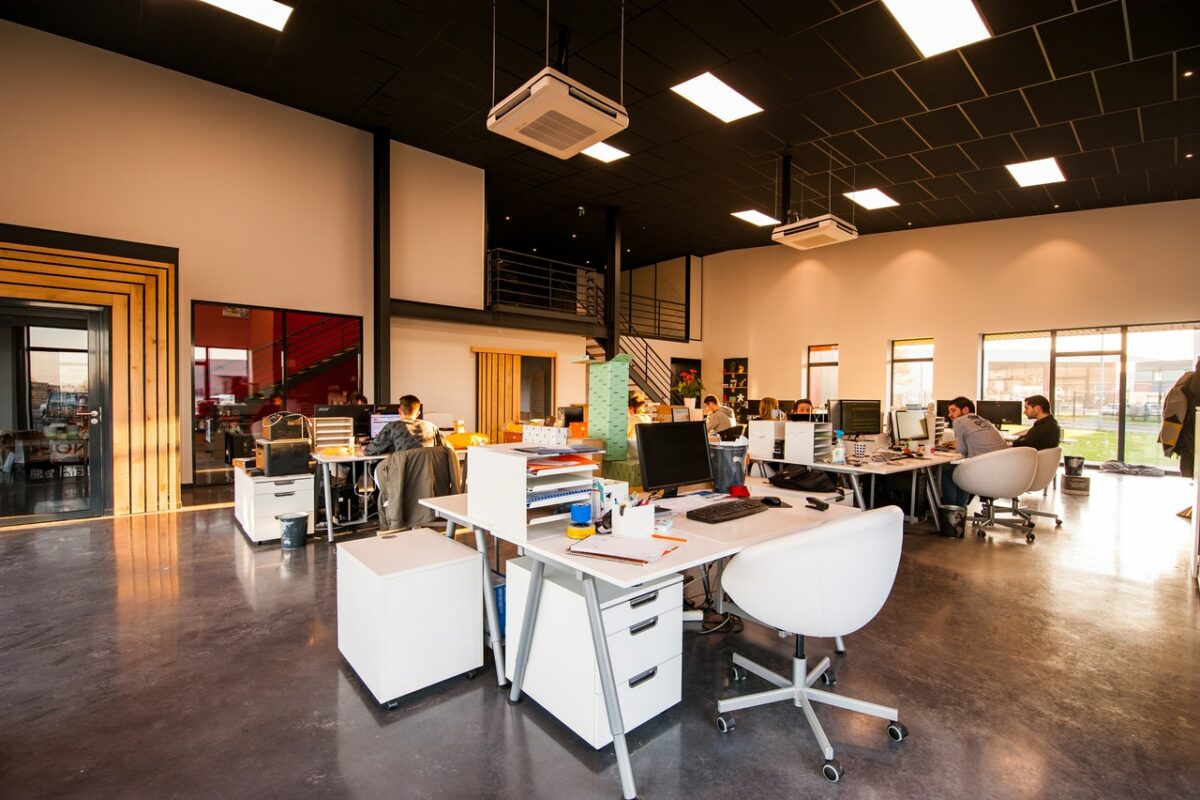Low levels of worker power holding down wages by almost £100 a week

Low levels of worker power – after four decades of falling trade union membership – are likely to be holding wage levels down by as much as £100 a week for the average worker, according to new Resolution Foundation research published today.
Power plays – the 29th report for The Economy 2030 Inquiry, a collaboration with the LSE, funded by the Nuffield Foundation – examines shifts in worker and employer power in the UK labour market over recent decades, and what that means for both the level and distribution of wages.
The research comes as the relative power of firms and workers is in the spotlight as both groups grapple with the cost of inflation hitting a 40-year high, amid widespread talk of strike action this year.
The report notes that while the decline of trade unions in the labour market is well known – membership has more than halved from 53 per cent in 1980 to 23 per cent in 2021, and to just 10 per cent among low paid workers in the private sector – the cause of this decline is less well understood.
It has not been driven by the closure of, or changes at, already-unionised workplaces. Instead there is a clear pattern since the 1980s of newer workplaces not recognising unions.
Firms that are less than ten years old are a third less likely to recognise unions than those that have been in existence for at least a decade. This illustrates the challenge for unions trying to increase membership in the years ahead, say the authors.
This fall in union recognition feeds through to the decline of collective bargaining – where pay and conditions are negotiated at multi-employer levels.
Pay is now overwhelmingly set at a workplace level. Last year, just 3 per cent of workers in the private sector had their pay set at a national or industry level, rising to 67 per cent in the public sector.
The current focus on strikes in the small minority of sectors that remain unionised can hide the fact that worker power has declined in other ways too. In an economy without formalised worker power, employees having the ability and willingness to take another job is their key source of power. But the proportion of workers receiving training that would help them to secure work at another firm has almost halved over the past decade (from 9.1 to 5.5 per cent).
The report notes that while worker power over wage setting has declined, state power has increased via the introduction and ramping up of the minimum wage. However, this national wage-setting necessarily only covers the lowest earners, and doesn’t cover the far wider range of workplace issues – from training to working conditions – that unions do.
Power plays finds that unions’ diminished role in negotiating pay with staff has increasingly been replaced by management-led wage-setting. In 2011, employees in around four-in-five workplaces had their pay set by management, up from 70 per cent in 1998.
While worker power in the labour market has fallen in recent decades, employer power has remained steady. The report finds that employer power – how dominant big employers are in local labour markets – has fallen recently but only after rising in the run-up to the financial crisis. This matters as firms with dominant ‘monopsony’ power can pay labour wages than they would have to in a competitive jobs market.
Finally, the report notes that these shifts in employer and worker power, both within firms and at multi-employer or industry-wide levels, have a material impact of people’s living standards.
The research draws on work showing that the current lower level of worker power compared to employer power is likely to have marked down wages by between 15 and 25 per cent. And while these figures are imprecise, even a conservative estimate implies a wage loss of almost £100 a week for an average worker.
Concluding, the authors say that the power balance between workers and firms has changed considerably in recent decades and that further shifts could significantly affect both the level and distribution of wage growth in the decade ahead.
Hannah Slaughter, Senior Economist at the Resolution Foundation, said:
“Recent rail strikes and warnings of wage spirals and industrial action give the impression that workers have the upper hand as Britain battles with double-digit inflation.
“In reality, worker power has been in decline for decades, as union membership has fallen and collective bargaining has been replaced by management-set pay settlements.
“These shifts in power between workers and firms have a huge impact on living standards, with lower worker power likely to have reduced average wage levels by as much as £100 a week.
Pawel Bukowski, Research Fellow at the Centre for Economic Performance, said:
“British workers have lost their collective voice. Within one generation, the UK has gone from a country with high union density and centralised bargaining, to one of weak unions and decentralised bargaining. This contributed to sluggish real wage growth and growing wage inequality.
“It is clear that labour market institutions have played an important role in shaping the UK economic inequalities. Growing disparities are not an inevitable consequence of economic development, but can be counteracted by policy choices.”











Responses